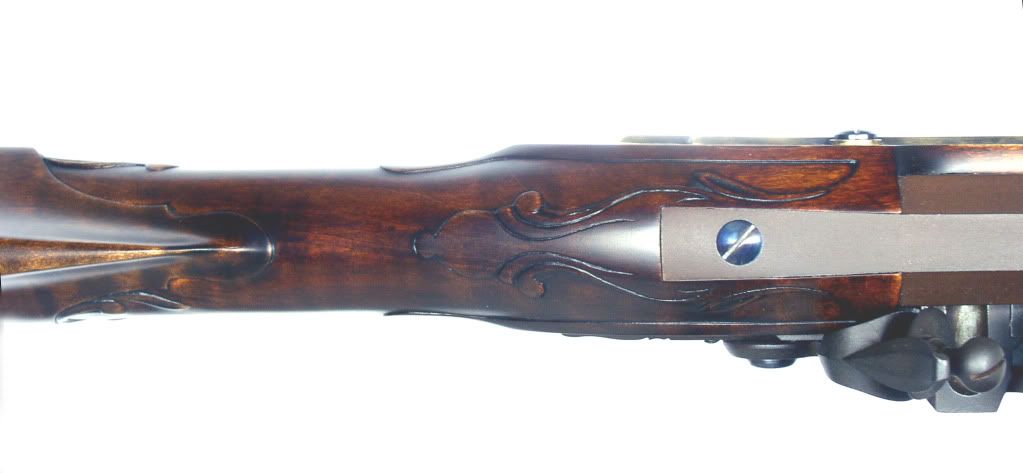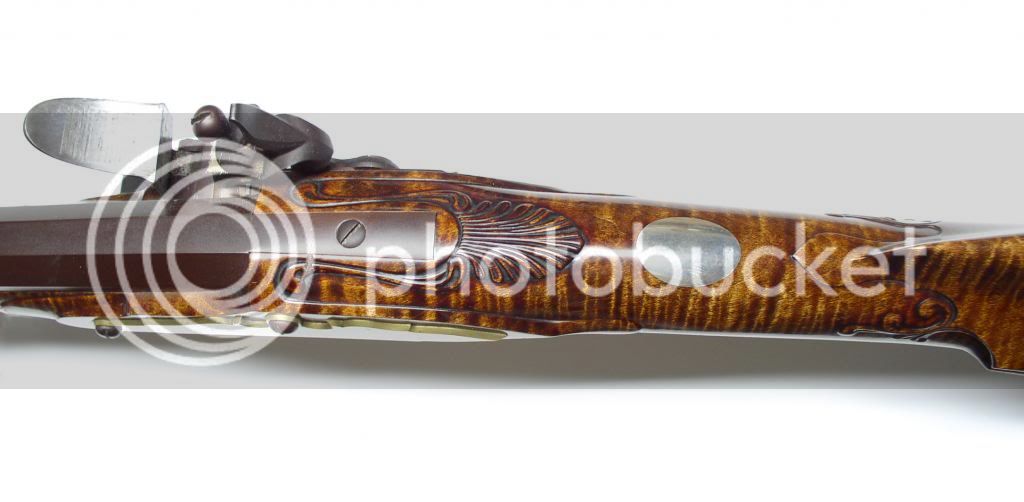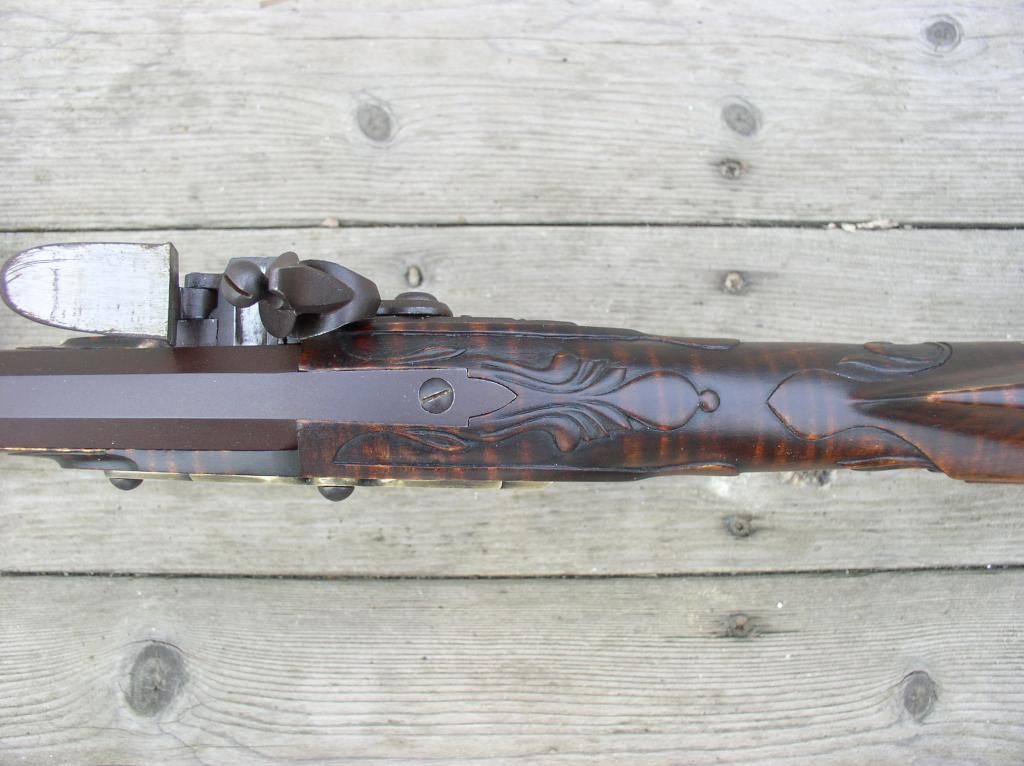you can get into a lot of trouble using inletting black bc it can bleed into the wood and provide false indications. I use it sparingly, but I am also bottom of the food chain here. Flehto posted some great comments a few posts down on what he uses. I meant to say "shave" instead of "cut" with the x-acto kife. also, giving the part a slight chamfer with a swiss file prior to inletting is incredibly helpful, you can still chamfer the breech plug tang as long as you avoid making contact with the top edge and don't chamfer past the point that you will file it down to match the stock's contour. I can not think of a different tang you may have implied, these are good general rules for inletting, if you meant a different tang please correct...









